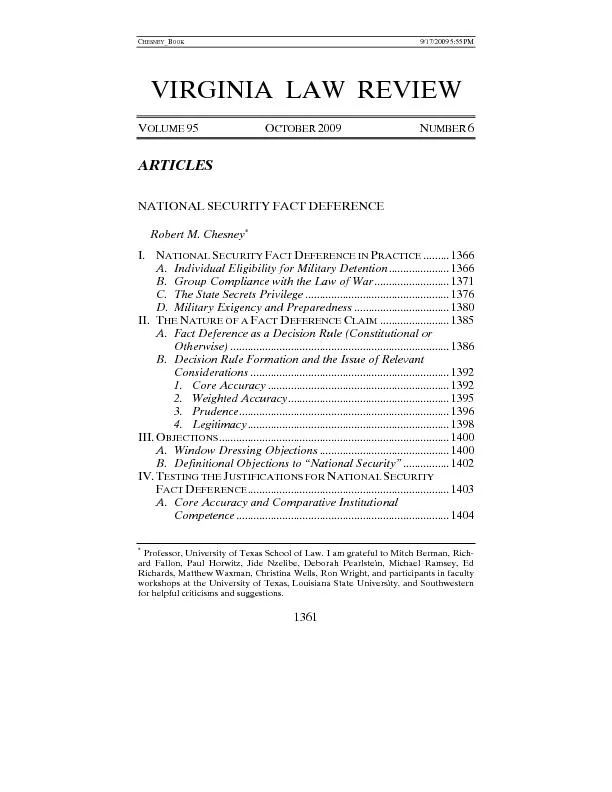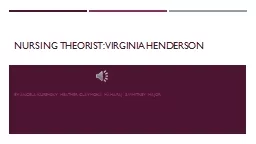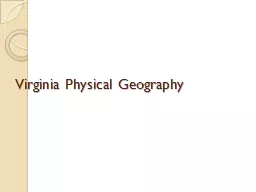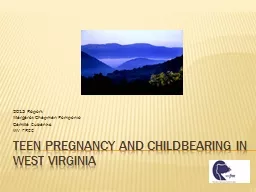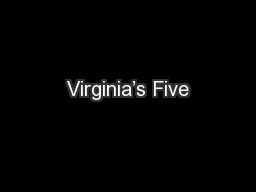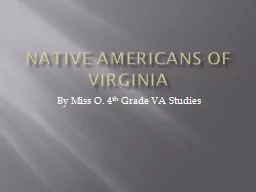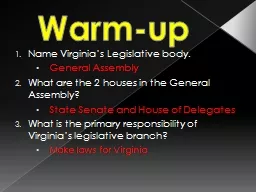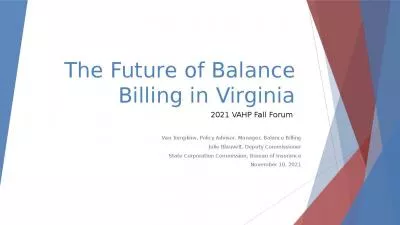PDF-VIRGINIA LAW REVIEW
Author : debby-jeon | Published Date : 2016-05-26
9172009555 1361 OLUME CTOBER ARTICLES NATIONAL SECURITY FACT DEFERENCE Robert M Chesney I NEFERENCE IN 1366 A Individual Eligibility for Military Detention1366
Presentation Embed Code
Download Presentation
Download Presentation The PPT/PDF document "VIRGINIA LAW REVIEW" is the property of its rightful owner. Permission is granted to download and print the materials on this website for personal, non-commercial use only, and to display it on your personal computer provided you do not modify the materials and that you retain all copyright notices contained in the materials. By downloading content from our website, you accept the terms of this agreement.
VIRGINIA LAW REVIEW: Transcript
Download Rules Of Document
"VIRGINIA LAW REVIEW"The content belongs to its owner. You may download and print it for personal use, without modification, and keep all copyright notices. By downloading, you agree to these terms.
Related Documents

